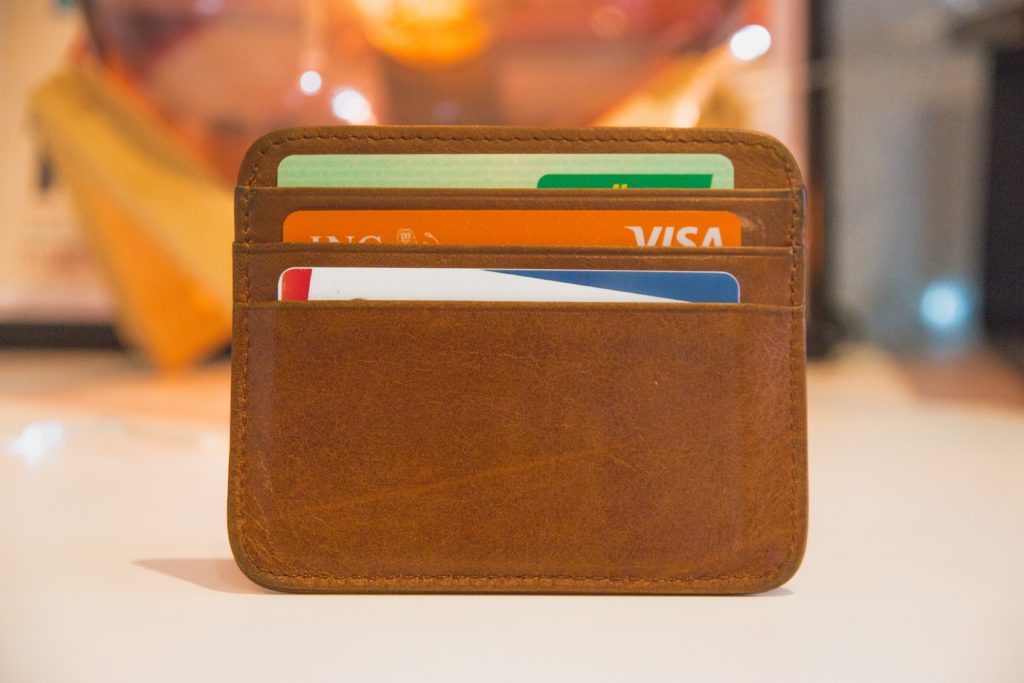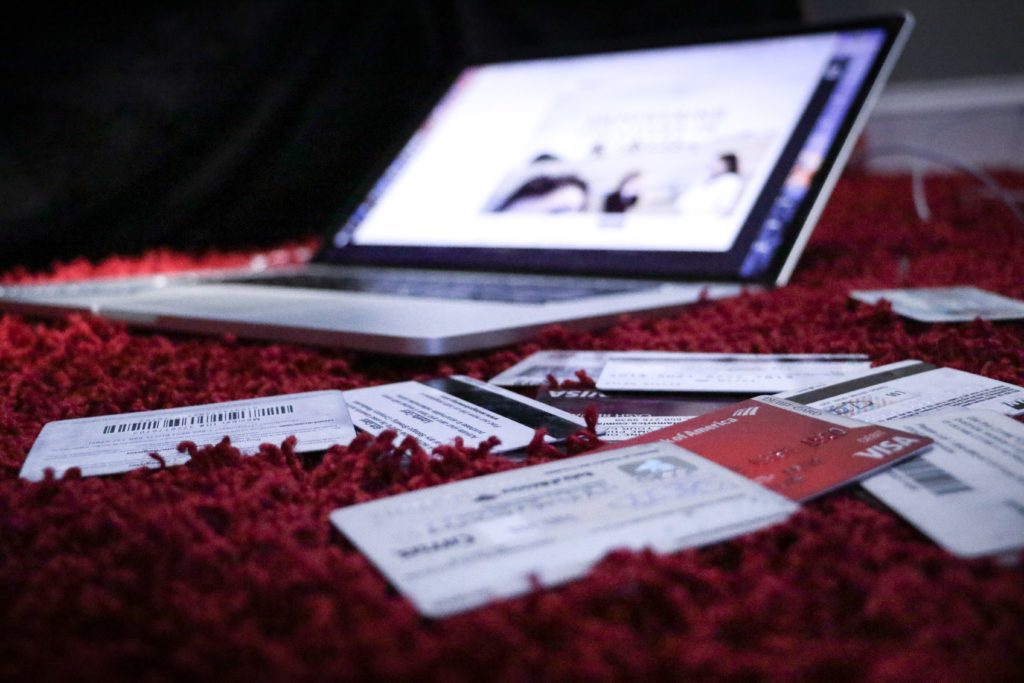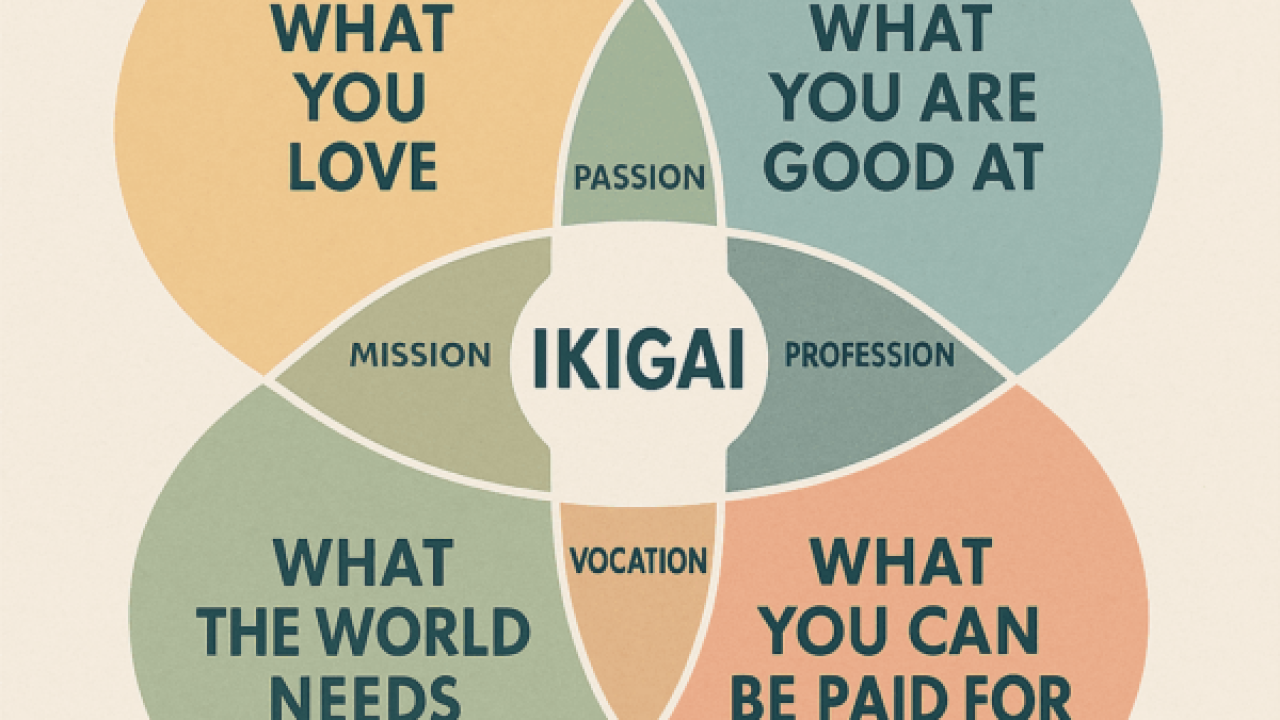Oftentimes, paying off debt feels like your only priority.
The good news is that it is possible to get out of debt when you have a low income. The process can even be accomplished without selling major assets.
Getting out of debt even while saving money is also encouraged. Paying off debt should not delay saving money. In the event of an unexpected expense, even a small emergency fund can keep you from going further into debt. Saving money provides greater life security: It reduces your financial worries. Should something unexpected occur, you can fall back on cash which you have set aside for emergencies. Additionally, if you save for discretionary expenses, you may try new things or take risks.
The Urban Institute report from 2016 found that families with savings of $250 to $750 are less likely to miss a rent payment than families with less than $250.
https://www.urban.org/research/publication/thriving-residents-thriving-cities-family-financial-security-matters-cities
Three reasons should motivate you to save money: an emergency fund, purchases, and building wealth. Ultimately, how much you save largely depends on how much you have left over at the end of every month once you have paid all of your bills.
For your emergency fund, consider a high-yield savings account. It is free to open these accounts, and they earn higher interest rates than standard checking accounts.
The key is BUDGET.
Try the “pay yourself first” method if you have trouble saving money. By setting up a direct deposit, a portion of your paycheck goes into a savings account rather than what you have at the end of the month. Savings and debts are the first things to be addressed when creating your budget. Once you’ve done that, you can keep the remaining cash for whatever else. The places where you usually have to cut expenses are entertainment and transportation rather than debt reduction or investments.
Using a 50/30/20 budget will allow you to allocate funds efficiently so you can build up your savings. When you follow this method, half of your income is spent on housing, groceries, and transportation. Approximately 30% of the budget is allocated to wants, such as entertainment and eating out, and 20% is allocated to debt payments and savings. It may be worthwhile to reduce your wants category and focus more on debt payment and savings, depending on your debt load and income.
In order to reduce your debt, choosing which debt to reduce first is one of the most important aspects of your strategy. You can either use a spreadsheet on your computer, or you can keep an old-fashioned paper list of all your debts. For each debt, make sure you include the amount, interest, term, monthly payments and credit limit. In doing so, you will gain a better understanding of the situation and be able to create a solid budget.
For the sake of organization, create separate spreadsheets for each of your other monthly expenses-food, utilities, car payments, etc-plus another spreadsheet for any income you receive. As soon as you know all your expenses and debts, you can allocate your monthly income accordingly. Among the many budgeting techniques available is the. Zero-sum budgeting works by allocating every cent towards bills, debts, and savings at the end of the month. Ultimately, it will help you regain control more quickly. Look at your biggest expenses and see what you can cut down on. Make sure you know where you waste money, such as on transportation or eating out. Analyze your budget to recognize where you’re spending too much. Afterwards, create a plan for cutting expenses.
When you know where you stand in terms of debts, expenses, and budget, you need to take action. Your debt will not go away if you keep adding to it. Rather than digging in to your debt payments or savings, you should find money elsewhere. Make sure you realize that only making minimum payments will lead to lifetime debt. Paying just the minimum payment each month will result in you paying down your debt for decades thanks to interest charges. Paying only the minimum can keep your credit card account in good standing and avoid late fees, but that is all. You must make payments greater than the minimum in order to get out of debt.
It is best to deal with debts one account at a time.
Tackle paying off one debt first, while making minimum payments on other debts. As soon as you pay off the first balance, you can celebrate and start tackling the next debt. After that, pay the minimum amount per month on the remaining debt.
Debt paying strategies
Debt avalanche method: This method involves paying off the debt with the highest interest rate first. The major benefit of this method is that you’ll not only pay down your debt but save money in the long run as you won’t pay as much interest.
Debt snowball method: You start with the smallest debt and work your way up, as if a snowball is picking up speed as it is rolled down a hill. This is more of a psychological approach. The idea is to get inspired and motivated by your small successes as you go along.
Debt fireball method: A hybrid strategy that combines avalanche and snowball method principles. It separates debt into two categories and can be helpful when blazing through costly “bad debt” quickly. You could create a list and categorize all debt as either “good” or “bad” debt. “Good” debt refers to things that contribute to increased net worth. Examples include student loans, business loans, and mortgages. Bad debt, however, is normally backed by depreciating assets like car loans and credit card bills. In developing this list, it is likely to be beneficial to focus on all debts with an interest rate approaching or exceeding 7% as the “bad” debts.
Debt consolidation loans: If you have a high credit score, you’ll have the best chance of securing low rates with this option. Those with a lower credit score will need to be especially cautious when checking and comparing, then comparing again interest rates. When you consolidate your debts, you must pay all your monthly debts on time and remain committed to your monthly budget.
Debt Relief
It’s also important to know when to seek assistance. A debt relief program may be right for you if:
- You are having difficulty paying your minimums and cannot see how you will be able to pay off your debt in five years.
- You owe more than half your gross income in unsecured debt.
A debt management plan from a nonprofit credit counseling agency or Chapter 7 bankruptcy can help you retire your debts sooner.
Keep in touch with your creditors – Find out how they can help you pay off your debt faster and if they offer debt management services. Creditors can temporarily reduce or eliminate interest payments in some circumstances. Particularly if you have fallen into financial hardship recently, such as after a recent job loss or health crisis.
Using cash can help you lower your expenses. When you are trying to get out of debt, cutting up your credit cards may help you stay on track. On average, people spend 15% more when they buy on credit than they do when they pay cash.
Paying down debt faster by bringing in additional income.
Whenever you earn extra money, you repay your debts with every dollar. These could include gifts, tax refunds, bonuses, or prizes. Other ideas include:
- Get a part-time job
- Work more overtime
- Side hustles online
- Sell some of your things
- Learn a Swing trading strategy (risky)
- Rent out part of your house
- Work toward getting a promotion.
You need to be aware of the solutions to debt that you should avoid. Debt can stifle a person and cause anxiety. You might question your goals for the future after experiencing such an experience. You may also be prone to listening to incorrect information or making poor decisions when this occurs. Identify the root causes of the debt.
Making a strict budget and attacking one debt at a time can help you get out of debt on a low income. Don’t give up no matter how hard it seems. Overall, living frugally for a few years is more beneficial than living in debt for the rest of your life.









